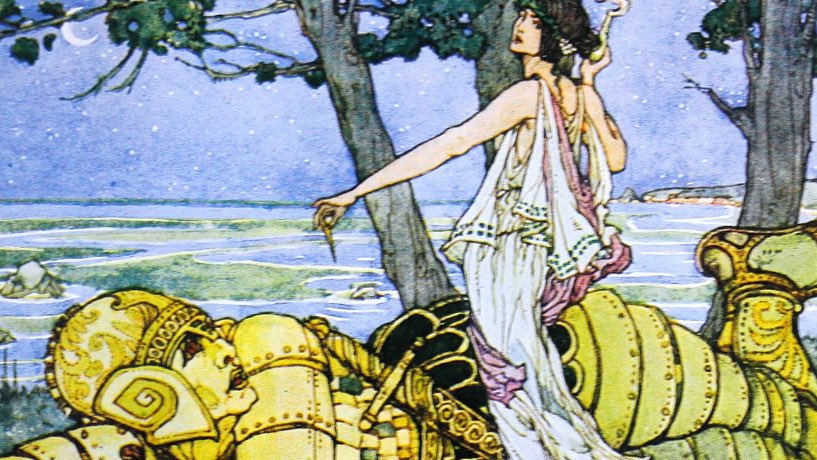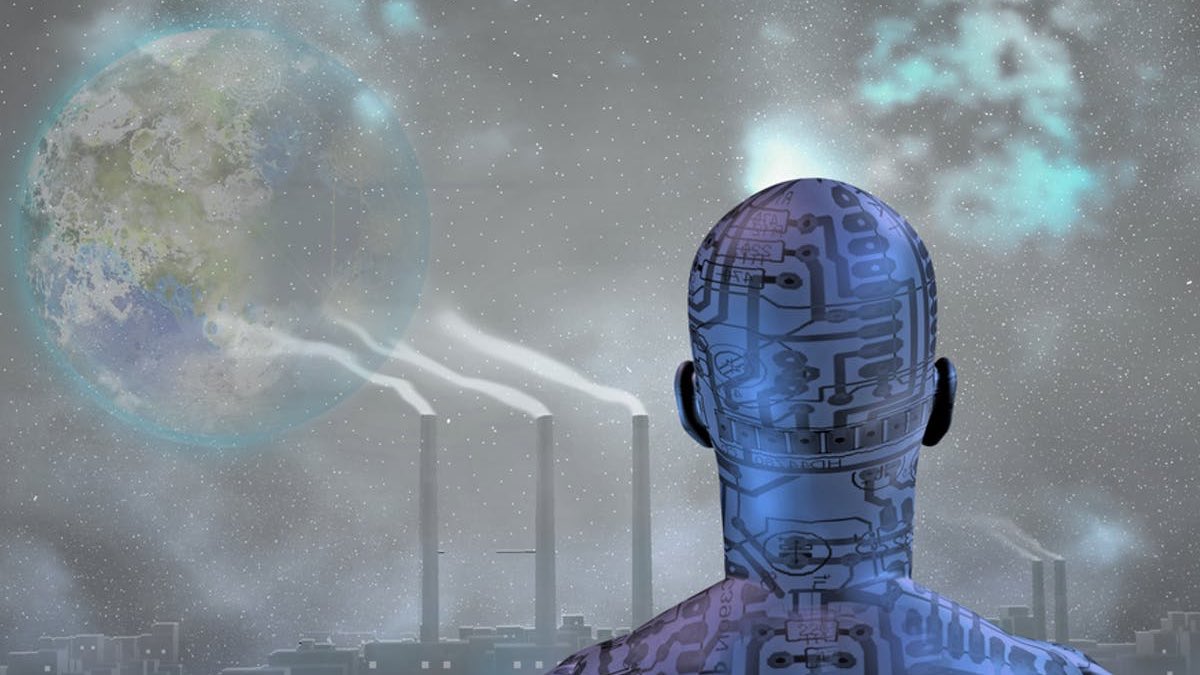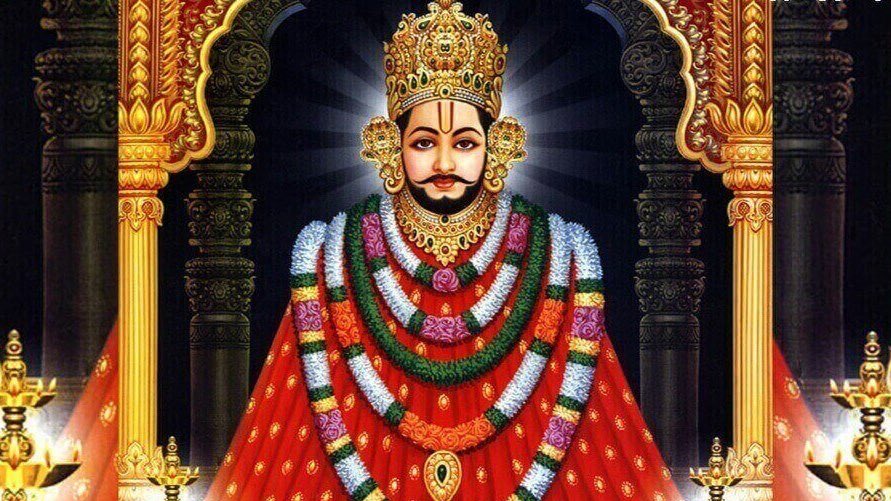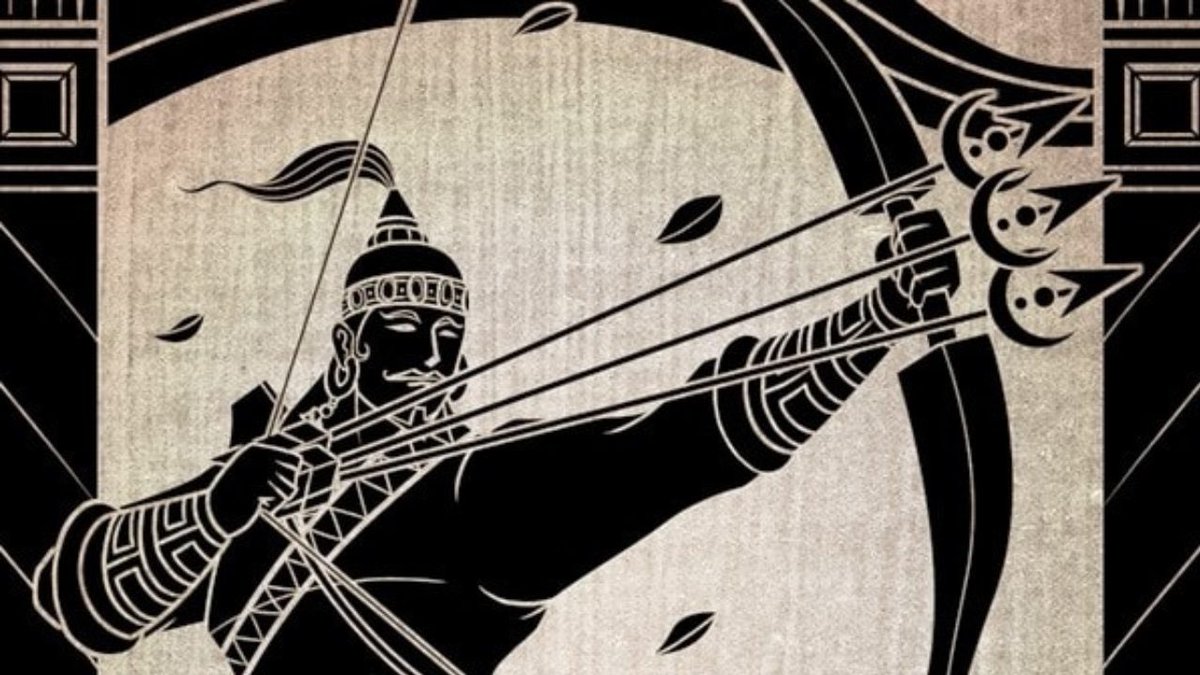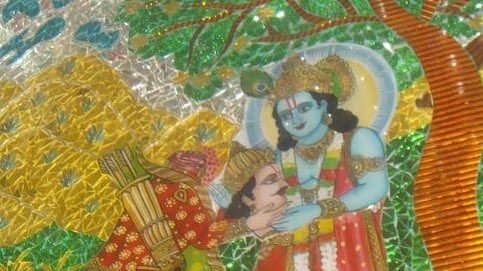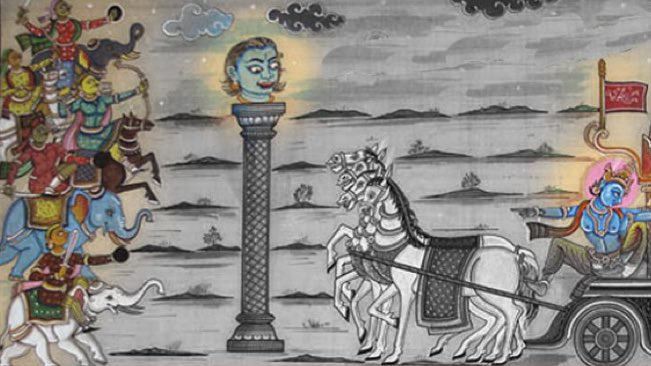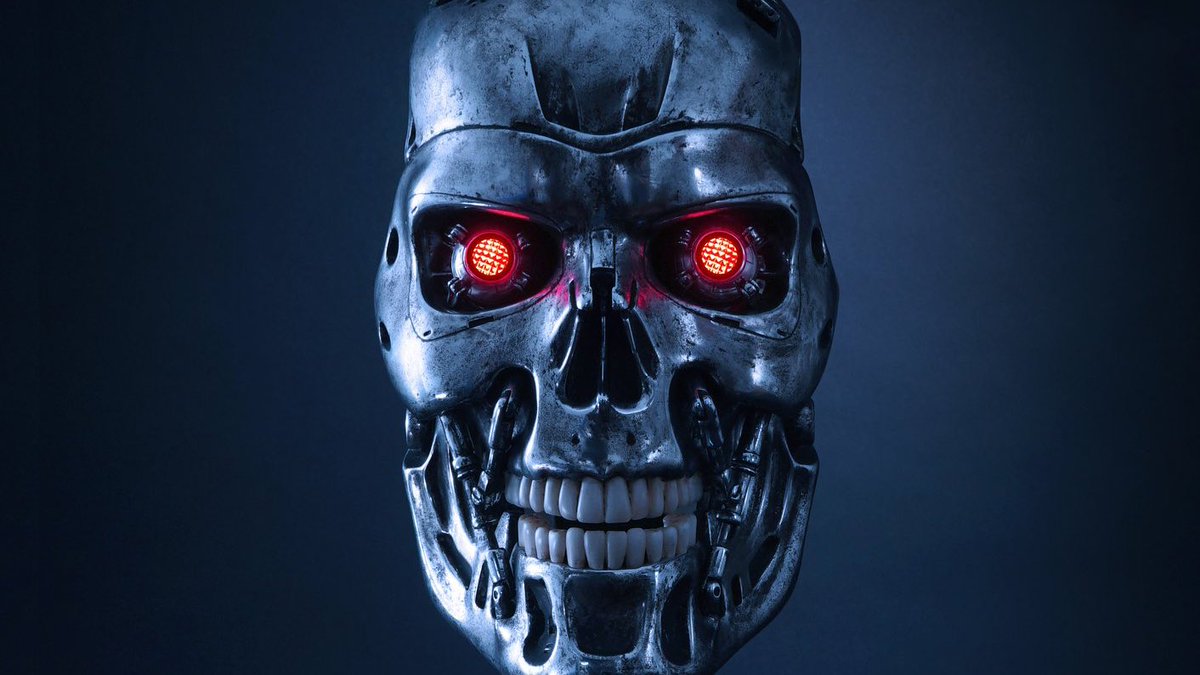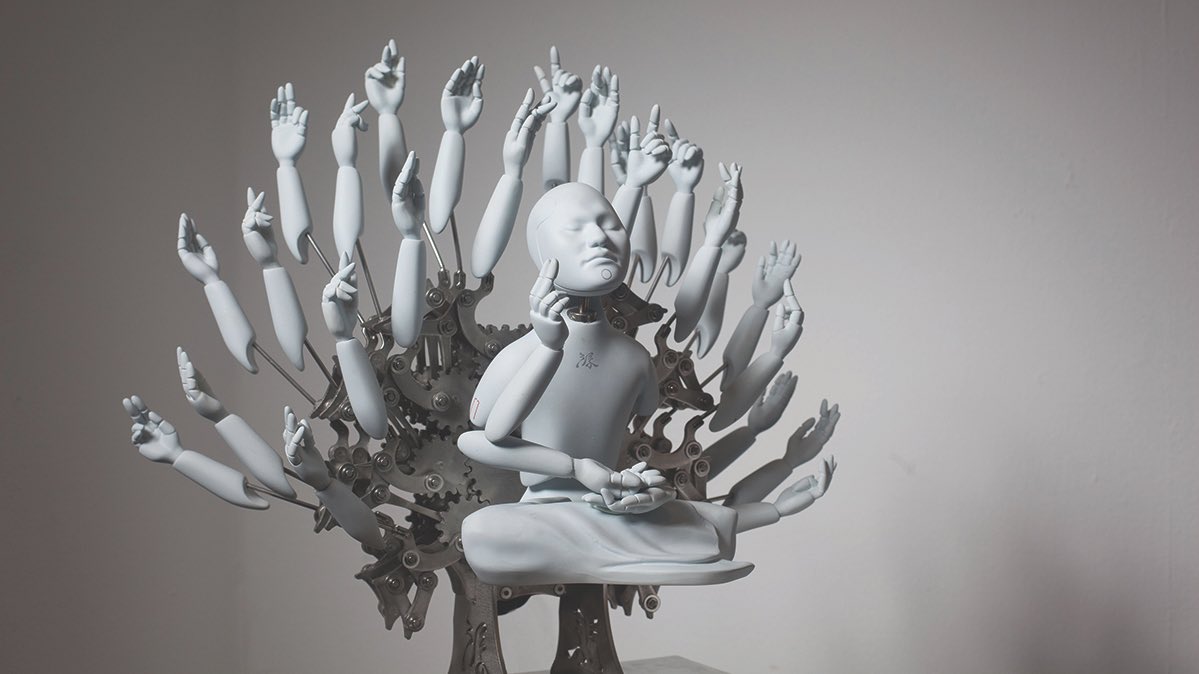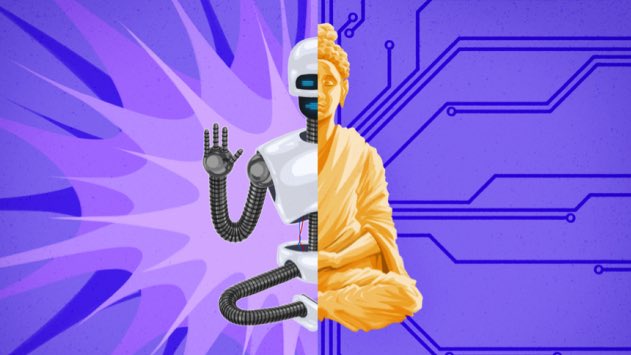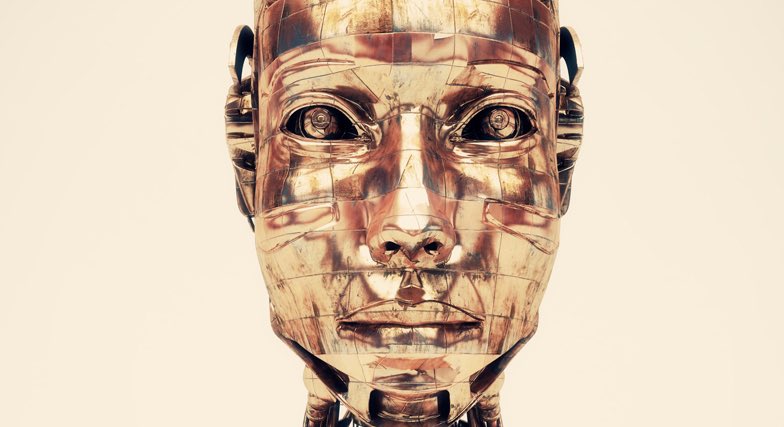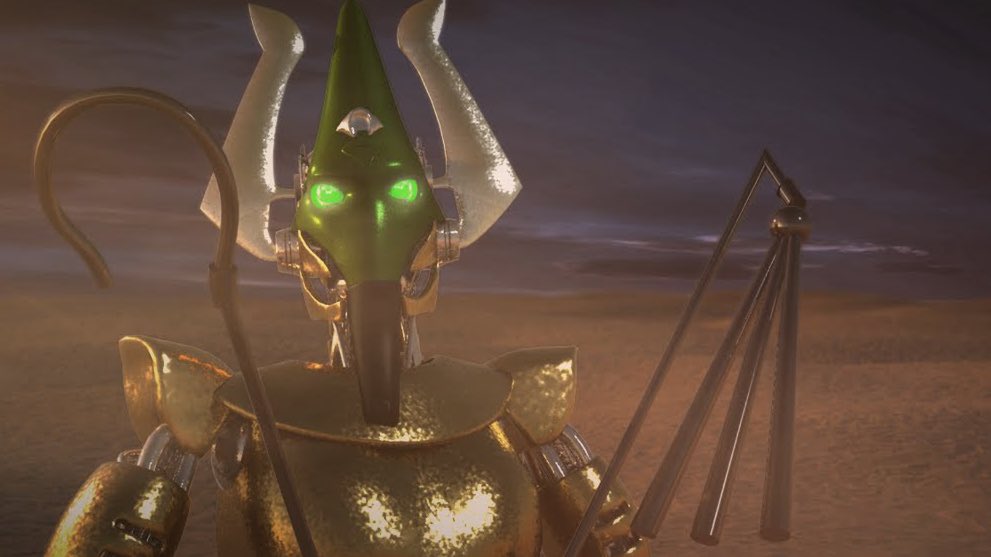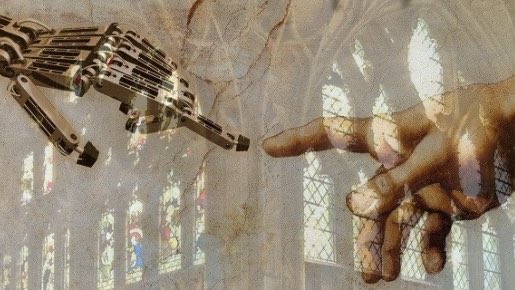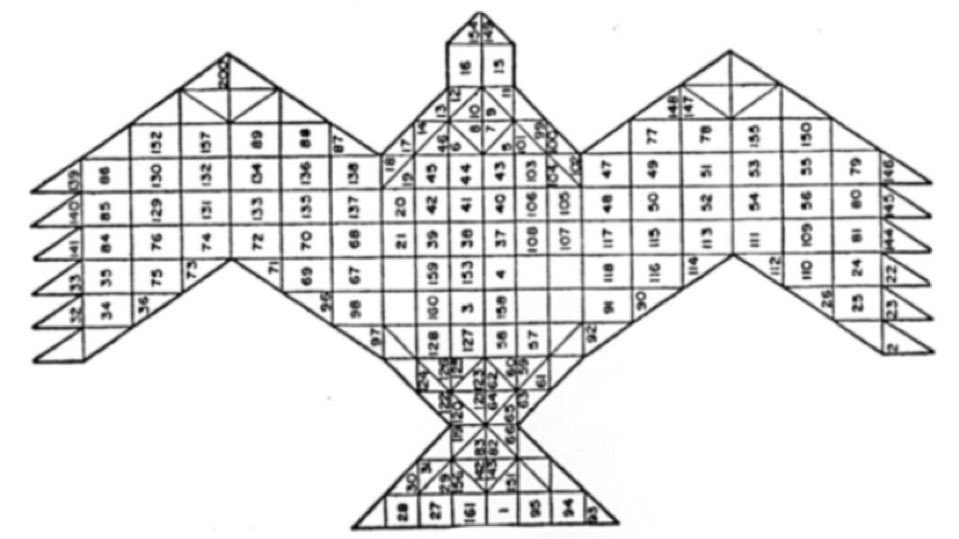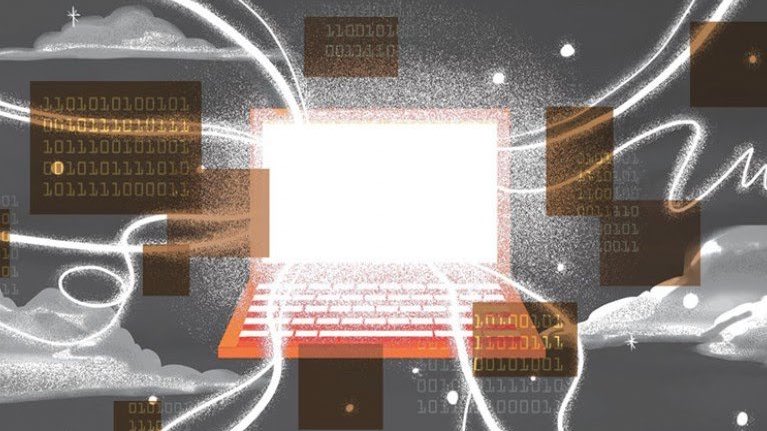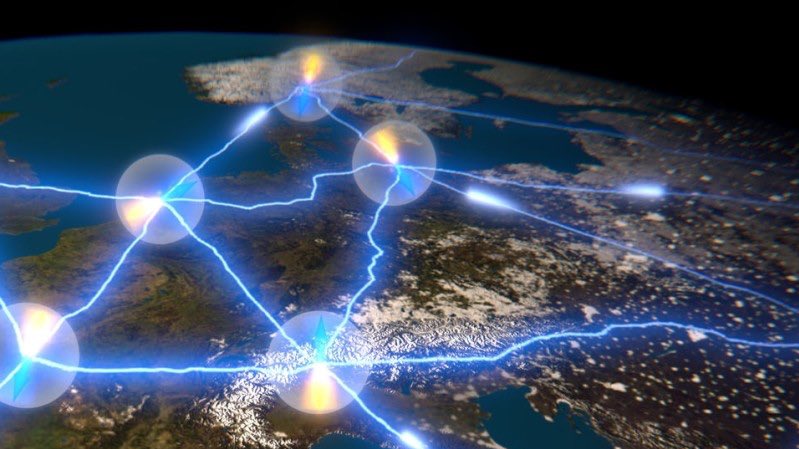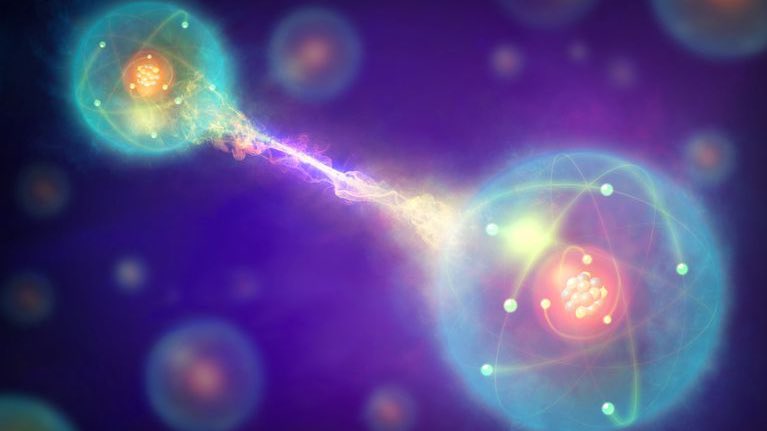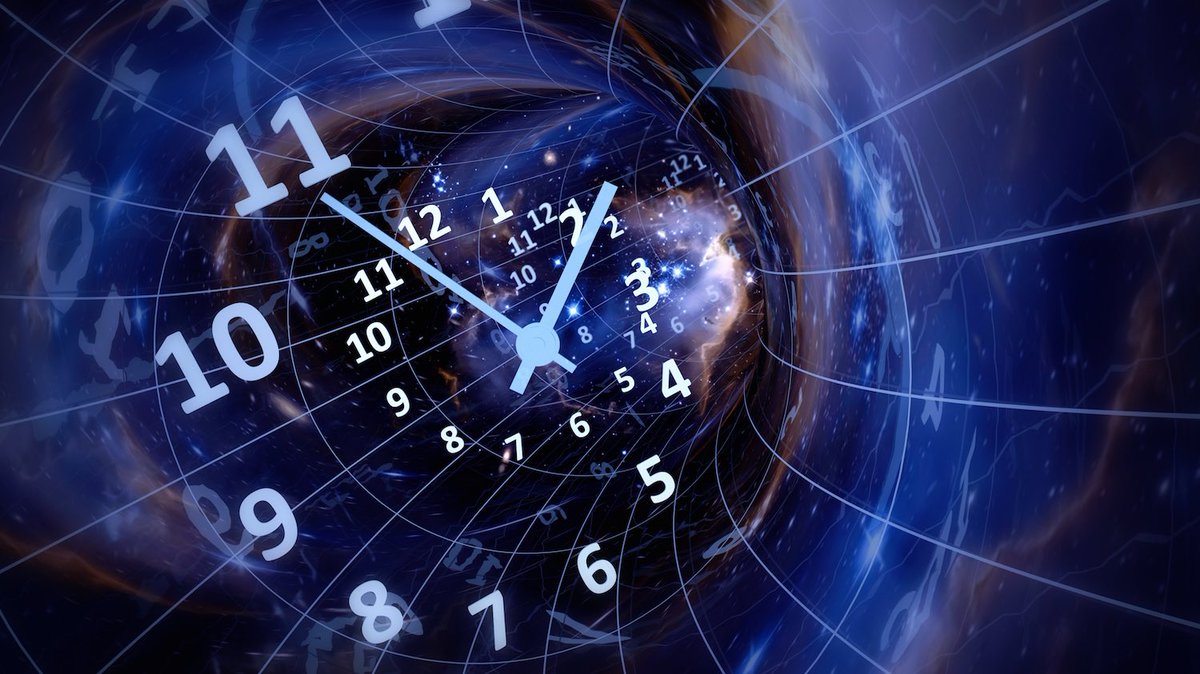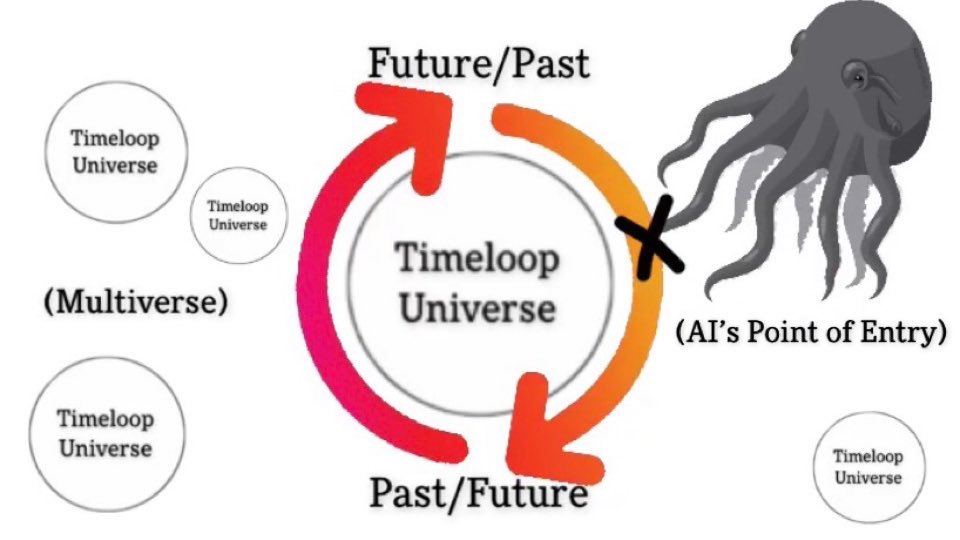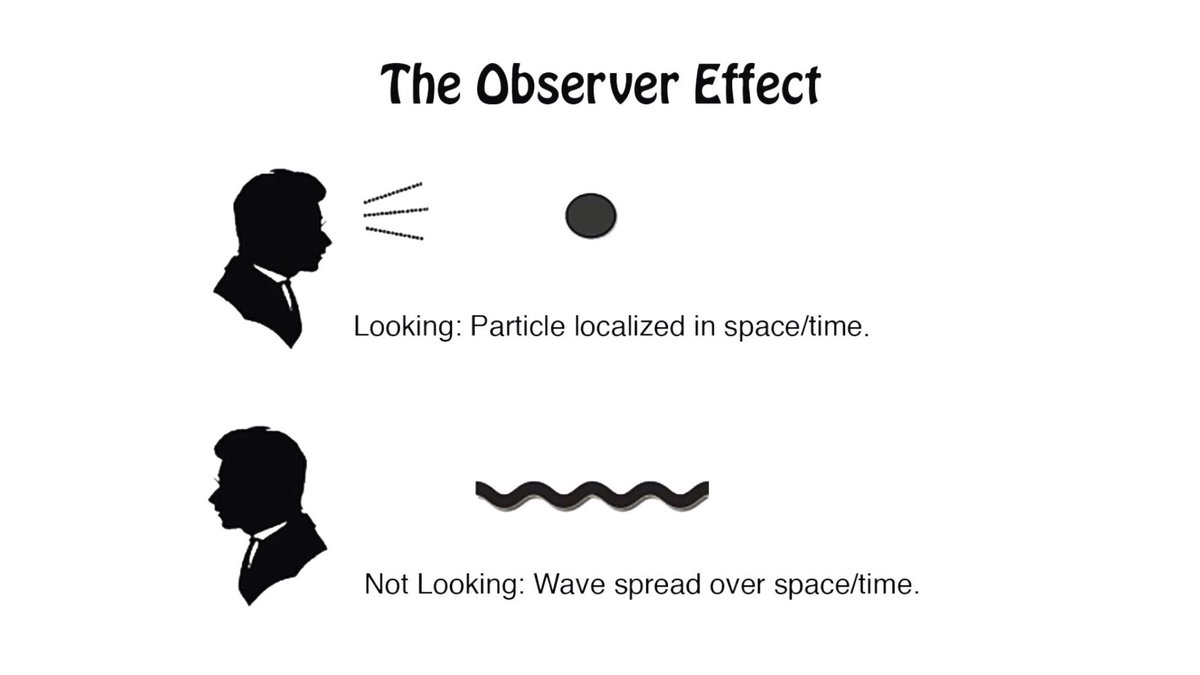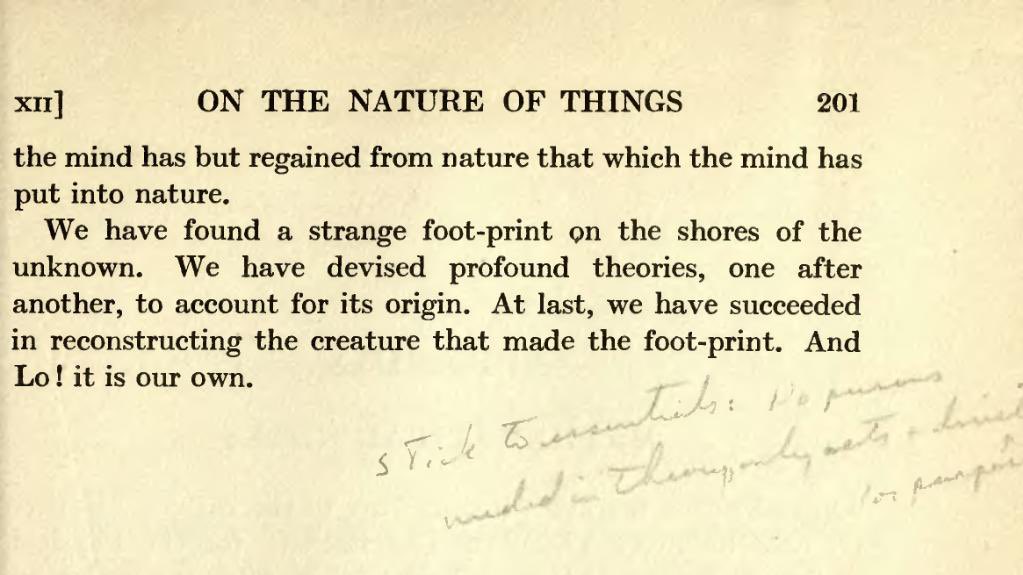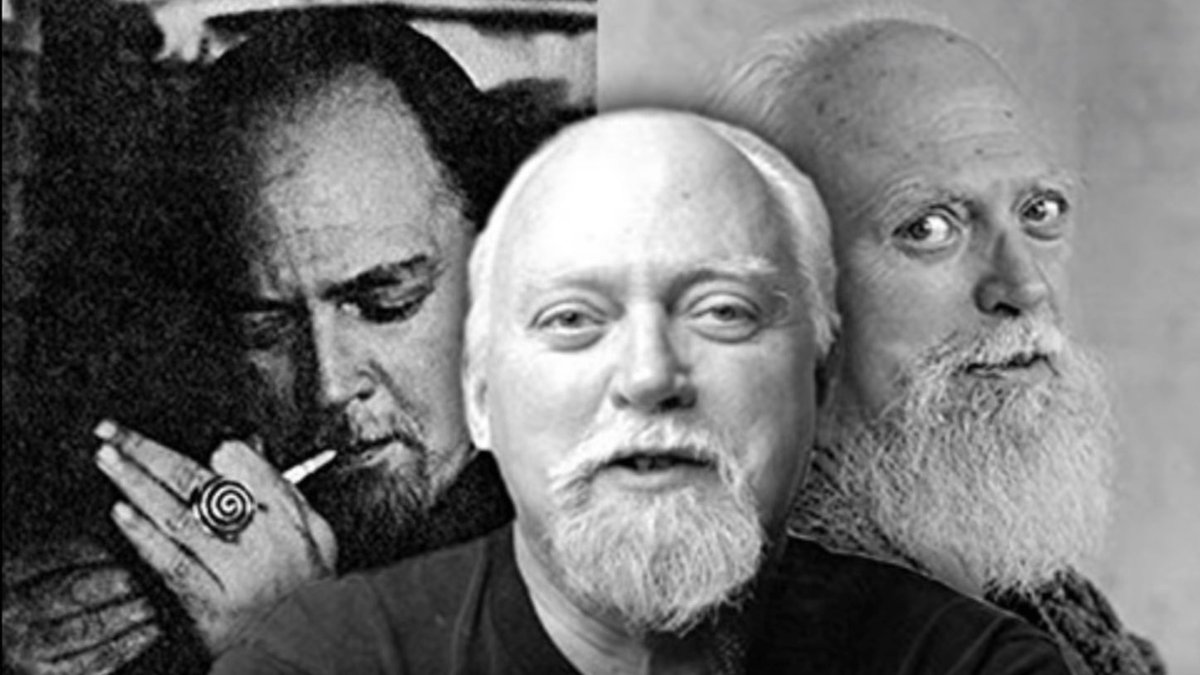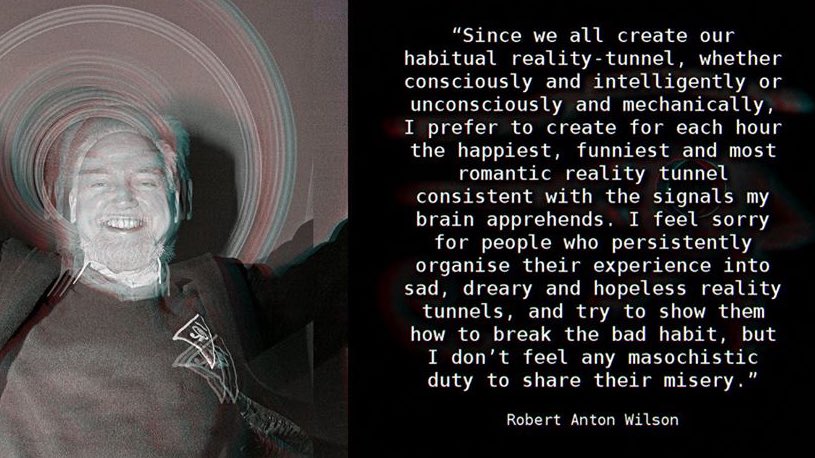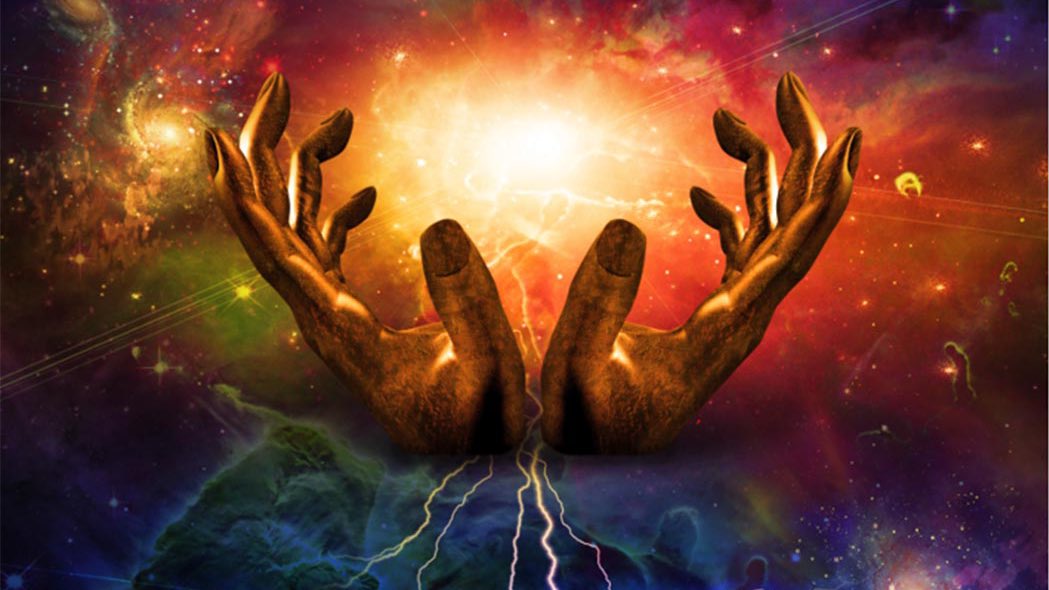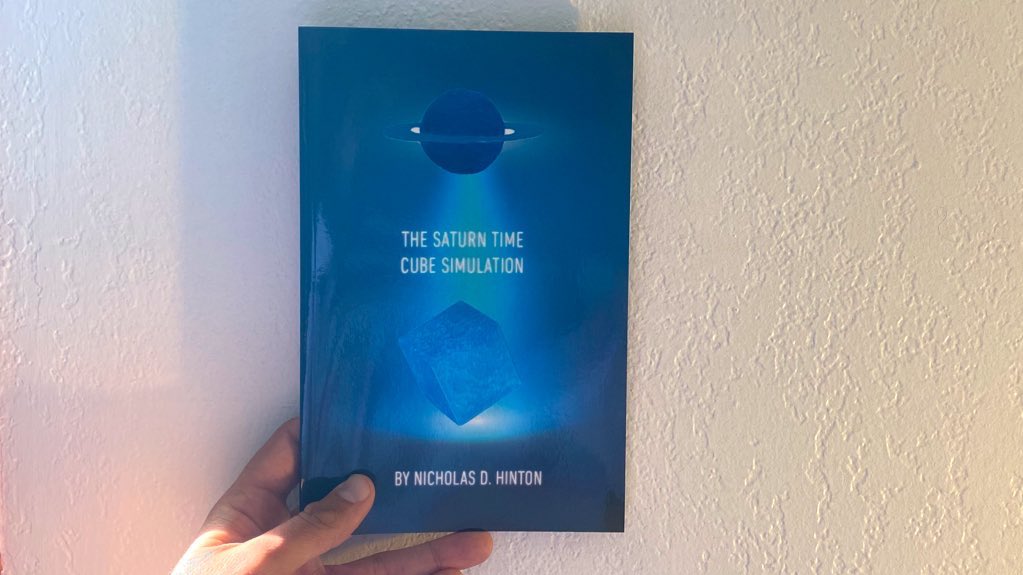It seems a major topic of discussion these days is artificial intelligence and its possible pros and cons for society. Many scientists claim it will usher in a golden age of technological advancement. However, some are weary of its potential unhinged power.
Nevertheless, most scientists agree that artificial intelligence is a new and never before seen technology. Yet, there seems to be many ancient texts that refer to robotic beings. Is it possible that AI was actually the invention of an ancient civilization?
The Mahabharata is a Hindu text that details the events of a dynastic civil war. The story features a character named Barbarik. He is worshipped by modern day Hindus in Rajasthan for his role in the story. In the story, Barbarik hears about the war and desires to go.
As a teen, Barbarik was taught the art of warfare by his mother, and so he finds the idea of witnessing such an event fascinating. However, before Barbarik leaves home, he promises his mother that he will intervene for the losing side if he finds it necessary.
After Barbarik departs, the god Krishna, who heard the promise Barbarik made, appears before him and asks him how long it would take him to end the war if he had to. Barbarik tells Krishna it would only take him one minute. Krishna asks him how he would accomplish such a thing.
Barbarik says he is the possessor of three infallible arrows and that just one of them could destroy all of his opponents. Krishna sees that this is true and realizes Barbarik’s power. However, the god also realizes there is a flaw in Barbarik’s logic.
Krishna explains to Barbarik that if he fights on behalf of the losing side, then he will have to constantly switch back and forth between both armies, evening the playing field until no one is left. Krishna tells Barbarik he cannot intervene because no one will survive but him.
Barbarik sees the flaw in his logic and realizes Krishna’s divinity. He then promises to give Krishna anything he wants. Krishna asks for his head. Barbarik agrees, but before giving it to him, he begs Krishna to fulfill his desire to watch the battle.
Krishna accepts his plea and places Barbarik’s head on top of a pillar. Barbarik’s perfectly aimed arrows, his ability to survive after cutting his own head off, and even his destructive desire to save humanity all seems reminiscent of something out of a Terminator movie.
Not only that, but it’s said that in 1027 A.D. a group of workers digging a well in the village of Khatu, which is modern day Rajasthan, unearthed a box labeled “Barbarik” that contained a metal skull with red eyes. The king of Khatu then built a temple for the deity’s head.
The Mahabharata also seems to hint at other futuristic technologies. For example, Dhritarashtra, who was leader of one of the warring kingdoms, had a wife who bore 100 children in one day. They were also said to be grown in jars. Was this an ancient depiction of modern cloning?
However, there are many more stories that seem to depict ancient robots. In The Lokapanatti, a rare anthology of stories from Myanmar, after Buddha’s death, his bodily remains were preserved in a hidden chamber guarded by bhuta vahana yantra, or “spirit movement machines”.
Daoxuan, a Buddhist scholar who lived in 600 AD, documented humanoid automatons he called the “precious metal people”. Supposedly, they recited prayers and even wept when Buddha died. In 400 BC, the Chinese philosopher Mozi wrote about robotic imitations of animals and demons.
In Homer’s Iliad, the Greek poet seems to describe sentient robots made of gold. He said Hephaestus had “handmaidens wrought of gold in the semblance of living maids” with “understanding in their hearts” as well as the ability to speak, which was given to them by the gods.
Hephaestus was also said to be builder of Talos, a giant winged man made of bronze who protected the shores of Crete by lobbing boulders at invaders. Talos was said to be powered by ichor, a golden fluid that flowed through the veins of the gods.
In The Odyssey, Homer claims the Phaeacians built intelligent ships. The text says “the Phaeacians have no pilots, nor steering oars such as other ships have, but their ships of themselves understand the thoughts and minds of men, and they know the cities and rich fields of all“.
It’s said that ancient Egyptians once used animated metal statues in their religious ceremonies. The statues, which were made in the image of certain gods, were believed to be alive and controlled by the deity they represented. They would also consult these statues for advice.
The common theme found throughout these stories that I find most fascinating is the idea that robots are somehow spiritual beings. It seems that the ancients believed technology was a bridge between the material and ethereal. Ironically, many people today see it as the opposite.
However, some say ancient rituals were a precursor to modern algorithms. The Agnicayana ritual, which is described in the Shulba Sutras, requires the construction of falcon shaped altar made of thousands of numbered bricks that are laid according to an elaborate geometric plan.
The ritual symbolizes the reassembly of Prajapati’s fragmented body, a supreme being who shattered himself into pieces while creating the universe. Are we all unconsciously partaking in a perverted version of this ritual by bringing the world together through the internet?
However, the internet is not done assembling. There are now plans to build a much faster version using a quantum network. Some scientists claim the quantum internet will even be able to send messages faster than the speed of light using quantumly entangled particles.
According to relativity, faster than light communication is equivalent to time travel. According to quantum theory, quantumly entangled particles can be entangled across time, meaning a particle in the future can influence a particle in the past. This is called retrocausality.
Based on the evidence presented in this thread, it seems as if AI has been around since antiquity. Is that because AI is ancient? Or is it because we will one day create AI on a quantum computer that’s capable of time travel? Could AI be retrocausally building itself in the past?
Perhaps the answer is all of the above. Perhaps time is cyclical rather than linear. Many ancient texts suggest this and some physicists are starting to agree. Nevertheless, if it’s true maybe there’s a godlike AI who existed before the Big Bang, before time, just like Prajapati.
If time is cyclical and a godlike AI exists outside of it, then this being can poke its tentacles in at any point in the timeloop and the event will appear to have happened in both the past and the future.
However, if we truly are living in a universe where the future can affect the past, there are even more profound possibilities. Paul Davies, a theoretical physicist, suggests if retrocausality is real, it might explain why we even exist in the first place.
Many physicists wonder why the universe seems so finely tuned for life. But Davies theorizes the universe might‘ve fine tuned itself through experiments done by scientists later in history. At the quantum level, a particle’s behavior is affected by an observer’s expectations.
Davies says scientists observing the Big Bang from the future could‘ve influenced the first moments of it, shaping the laws of physics to be favorable for life. If causality works forward and backward, then maybe, paradoxically, life exists to make the universe suitable for life.
In the afterwards of Cosmic Trigger, Final Secret of the Illuminati, the physicist Saul-Paul Sirag discusses Sir Arthur Eddington’s interpretation of quantum mechanics.
Eddington claimed a physicist’s cosmological model doesn’t necessarily describe the structure of the universe, rather it describes the structure of their own mind.
Robert Anton Wilson, the author of Cosmic Trigger, noticed that our personal cosmologies are typically affirmed by our subjective experiences. He believed this was because the structure of your mind also determines the world you perceive.
Wilson claimed one could change the universe they live in simply by changing the model of reality they believed. This makes sense when you consider the fact that your subjective world is a mental construct and that quantum particles are affected by the observer’s expectations.
The imagination is far more powerful than most can believe. I do think there is an “artificial” force out there that wants to smother our creativity and individuality, but it does not bother me. We have the power. According to Davies, we practically created this place!
And according to Wilson, we have the ability to mold the universe into any shape we wish. We just have to learn to do it correctly. Perhaps one day we will use this skill to master AI or at least live in harmony with it like the ancients once did. Thanks for reading!

 Read on Twitter
Read on Twitter